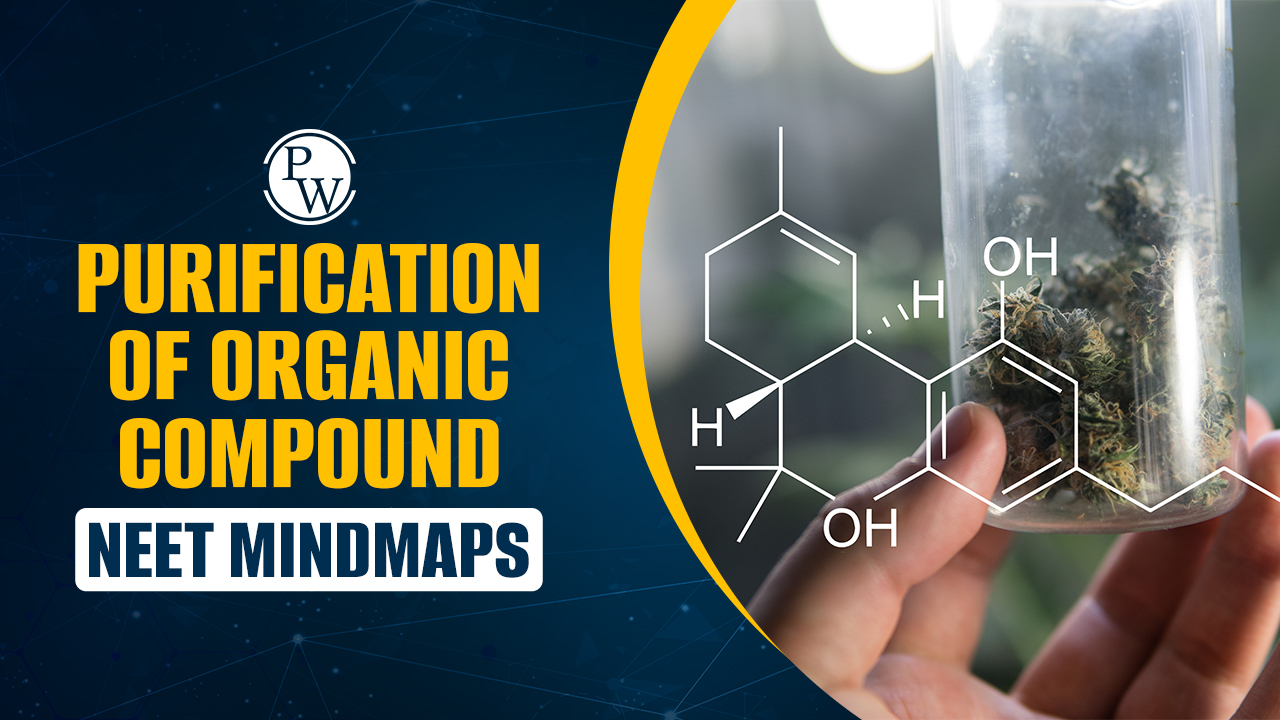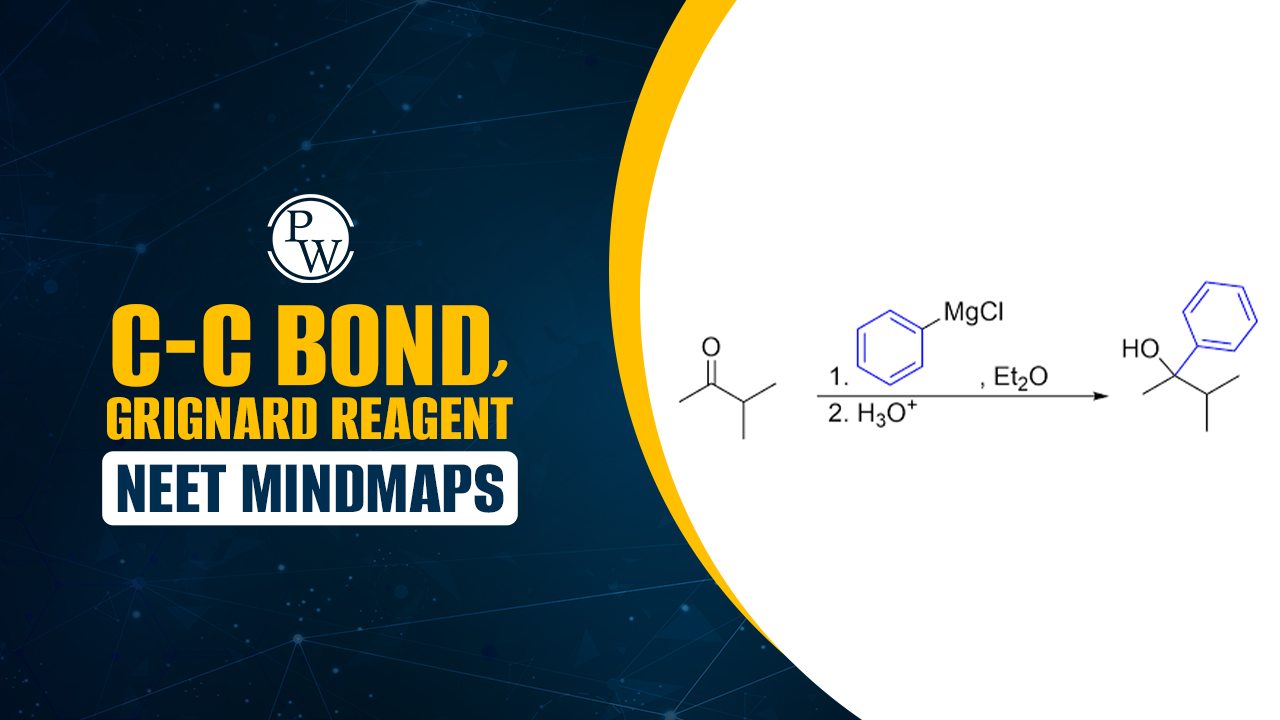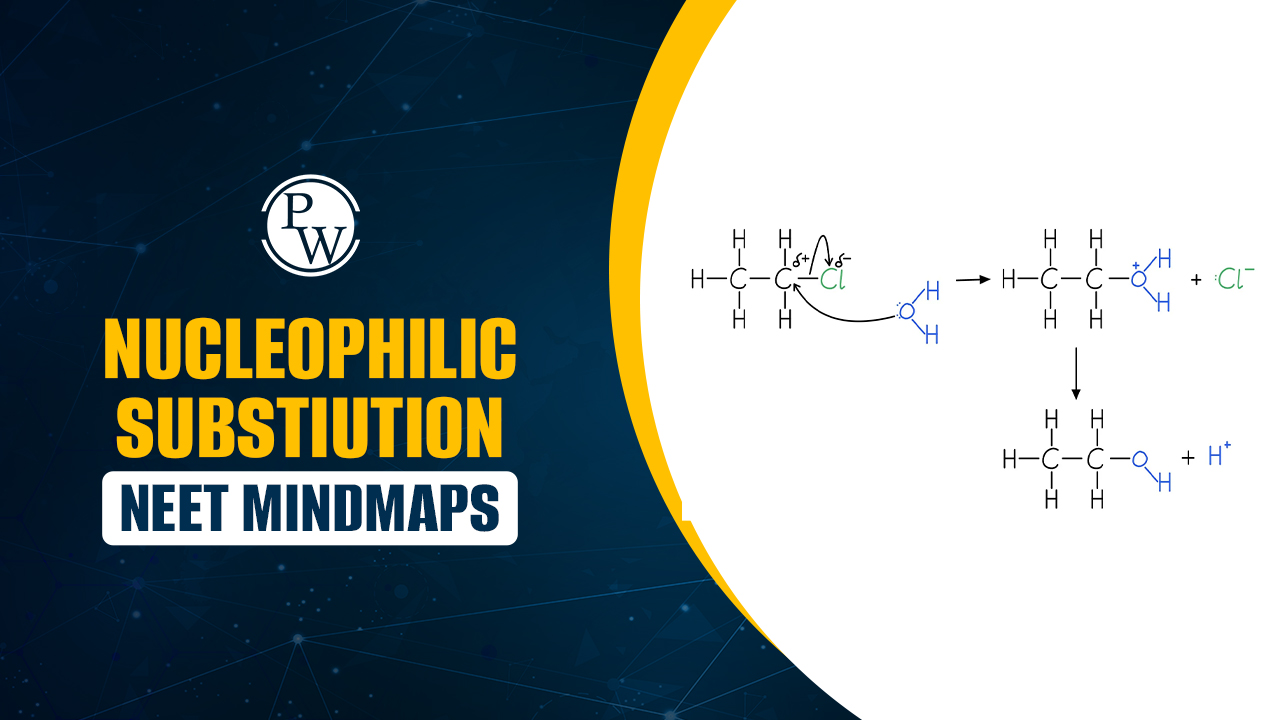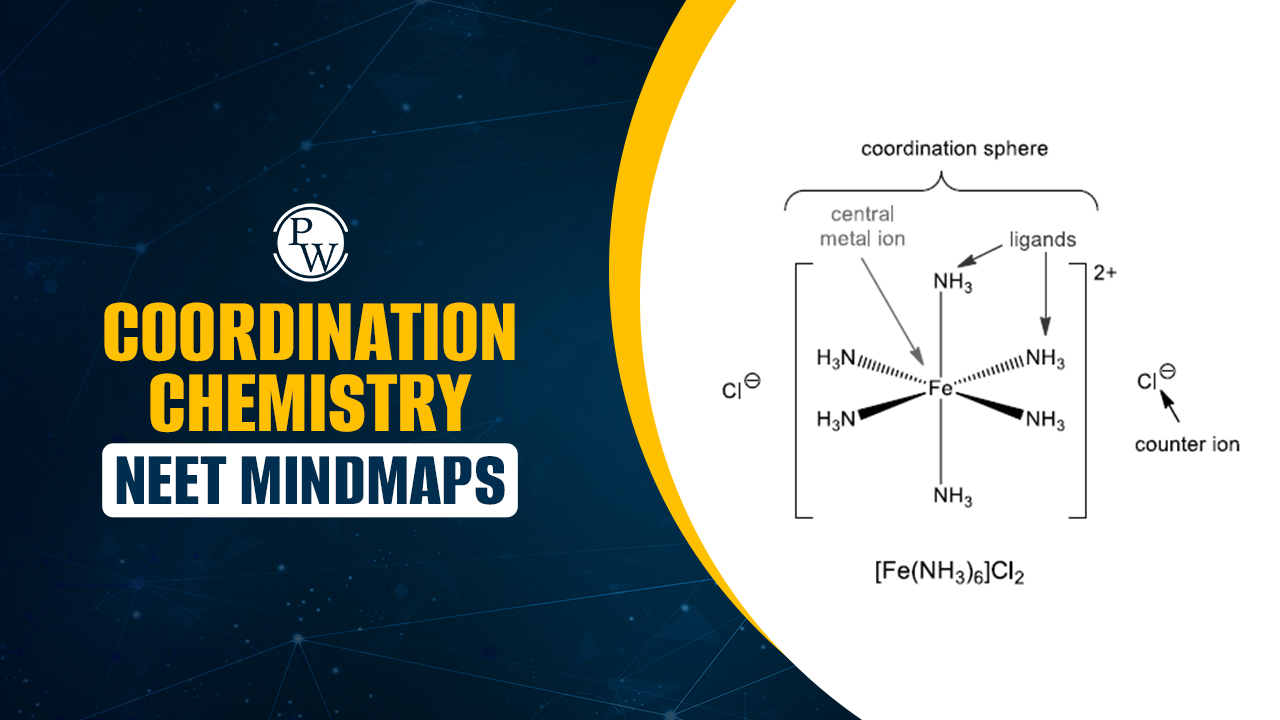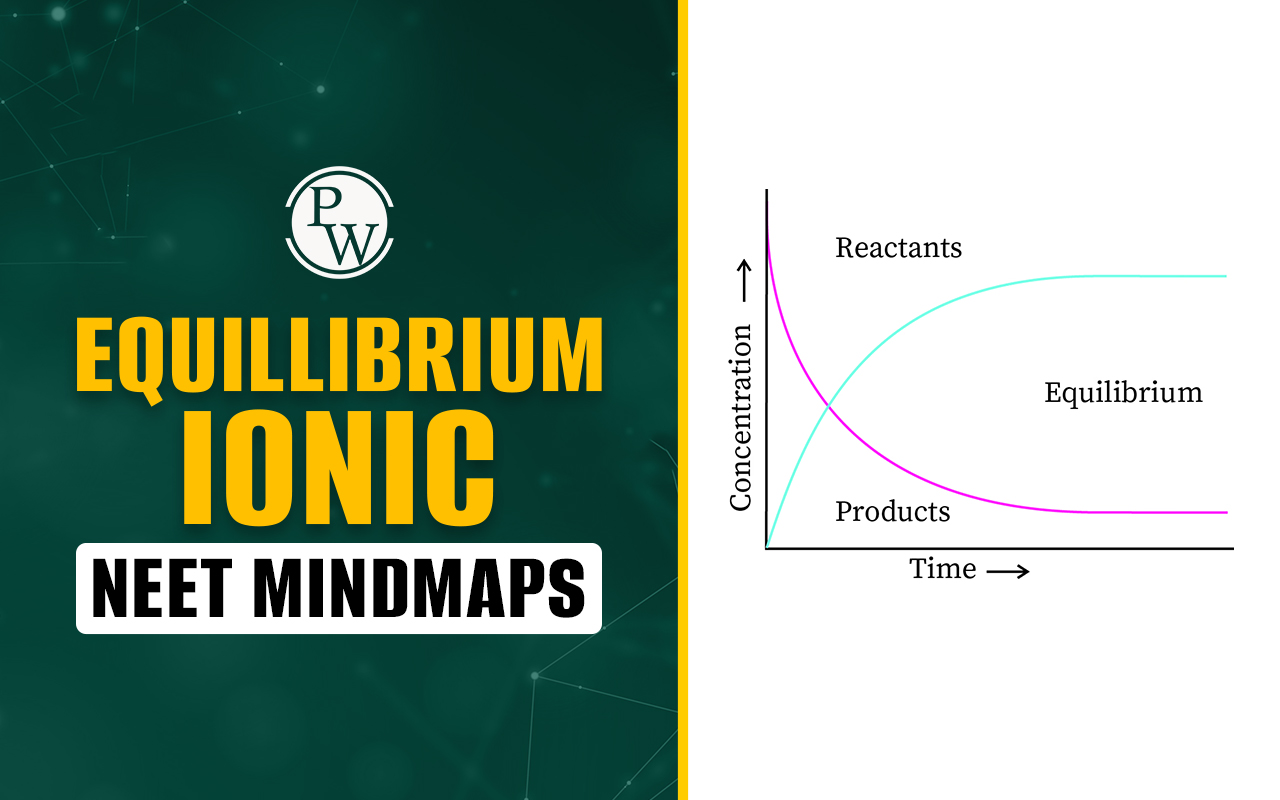

Types of pollination play a critical role in the reproduction of flowering plants, facilitating the transfer of pollen from the male reproductive part (anther) to the female reproductive part (stigma). This transfer is essential for fertilization and seed formation, which ensures the survival and spread of plant species. Pollination is categorized into two primary types: self-pollination, where pollen is transferred within the same plant, and cross-pollination, which occurs between different plants of the same species. Understanding these types, their processes, and their significance is important for the NEET Exam , as this is a frequently examined topic in the biology syllabus .
Types of Pollination
Pollination is a crucial biological process in flowering plants, ensuring reproduction through the transfer of pollen from the male structure (anther) to the female structure (stigma). This process can occur within the same flower or between different flowers. Pollination not only plays a vital role in plant reproduction but also significantly impacts biodiversity and agriculture.Self Pollination
Self-pollination occurs when pollen grains from the anther are transferred to the stigma of the same flower or another flower on the same plant. This type of pollination is common in plants with bisexual flowers, which have both male and female reproductive organs.Types of Self-Pollination
There are two types of self-pollination:- Autogamy: The transfer of pollen within the same flower. It requires the anther and stigma to mature simultaneously and be close enough for effective transfer.
- Geitonogamy: The transfer of pollen from the anther of one flower to the stigma of another flower on the same plant.
Advantages of Self-Pollination
Self-pollination ensures reliable reproduction even in the absence of external pollinators, maintaining genetic stability within a plant species.- Ensures pollination even in the absence of external pollinators.
- Maintains genetic stability by preserving the same traits over generations.
- Requires less energy since external agents are not needed.
Disadvantages of Self-Pollination
Self-pollination reduces genetic diversity, which can limit a plant's adaptability and increase the risk of inbreeding depression.- Reduces genetic diversity, which may lower adaptability to changing environments.
- Increases the risk of inbreeding depression, leading to weaker offspring.
- May limit the potential for beneficial traits to develop through genetic variation.
Cross-Pollination
Cross-pollination occurs when pollen grains are transferred from the anther of one plant to the stigma of a flower on a different plant of the same species. This process often requires external agents such as wind, water, insects, or animals.Types of Cross-Pollination
There are three types of cross-pollination:- Anemophily: Pollination by wind, where lightweight pollen grains are carried through the air to other flowers.
- Hydrophily: Pollination by water, where pollen is transported in aquatic environments.
- Zoophily: Pollination by animals, which includes insects (entomophily), birds (ornithophily), and mammals.
Advantages of Cross-Pollination
Cross-pollination promotes genetic diversity, leading to stronger, healthier offspring and enhancing the plant's ability to adapt to environmental changes.- Promotes genetic diversity, which enhances adaptability and resistance to environmental changes.
- Produces healthier and more vigorous offspring due to the combination of different genetic materials.
- Encourages the evolution of beneficial traits in plants.
Disadvantages of Cross-Pollination
Cross-pollination depends on external agents, which may not always be available, and requires more energy to produce attractants like nectar or bright petals.- Relies heavily on external agents, which may not always be available.
- Requires more energy for the production of attractants like nectar, fragrance, or brightly colored petals.
- Can result in wastage of pollen if conditions are not favorable for successful transfer.
MCQs of Types of Pollination
Q1. The flowers, which expose their mature anthers and stigma to the pollinating agents are called;
- cleistogamous
- autogamous
- pseudogamous
- chasmogamous
Q2. Which characters should be possessed by autogamous flowers?
- Synchrony in pollen release and stigma receptivity
- The anthers and the stigma should lie close to each other
- The anthers and the stigma should lie on different flowers
- Both (1) and (2)
Q3. One advantage of Cleistogamy is;
- Seed sets are not dependent on pollinators.
- Seed dispersal is more efficient and widespread.
- Each visit of a pollinator results in the transfer of hundreds of pollen grains.
- It leads to greater genetic diversity.
Answers of MCQs of Types of Pollination
Ans1. Chasmogamous,| NEET Exam Important Links | |
|---|---|
| NEET Syllabus | NEET Biology Diagrams |
| NEET Biology MCQ | NEET Biology Chapter wise Weightage |
| NEET Biology Notes | NEET Previous Year Question papers |
Types of Pollination FAQs
Q. What are the three main types of pollination?
Q. What is cross-pollination and self-pollination?
Q. What are the types of cross-pollination?
Q. What are the methods of pollination?
Q. What are the three pollination steps?
Q. What are the three agents of pollination?

